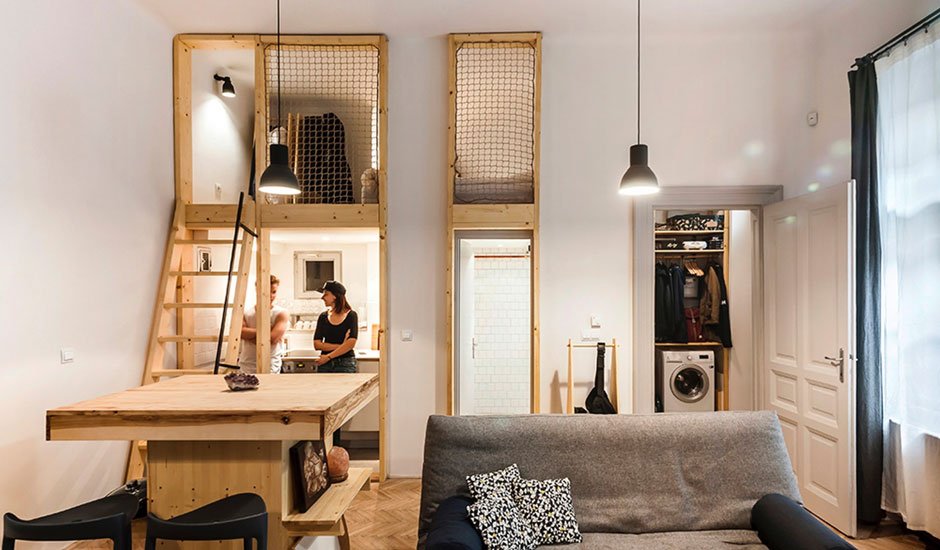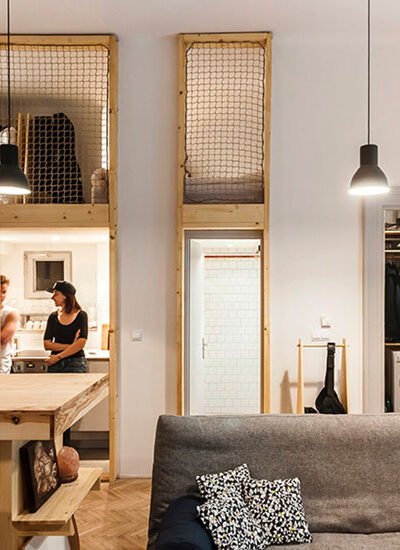 Finding affordable and accessible housing can be a significant challenge for people with disabilities, especially those on limited incomes. Fortunately, according to the Archstone Properties Management team, there are specialized housing assistance programs that provide relief, such as rental vouchers designed to support independent living. However, even with housing assistance, individuals may face limitations when it comes to space, accessibility, and affordability.
Finding affordable and accessible housing can be a significant challenge for people with disabilities, especially those on limited incomes. Fortunately, according to the Archstone Properties Management team, there are specialized housing assistance programs that provide relief, such as rental vouchers designed to support independent living. However, even with housing assistance, individuals may face limitations when it comes to space, accessibility, and affordability.
For those transitioning into subsidized housing, storage solutions can play a key role in making the most of their living space. Whether downsizing from a larger home or simply needing a way to organize belongings efficiently, storage strategies can make a big difference in maintaining comfort and independence.
Understanding Housing Assistance for People with Disabilities
Individuals with disabilities often face higher living costs, from medical expenses to specialized home modifications. To address these challenges, rental assistance programs help provide affordable housing opportunities in privately owned properties or designated developments.
One common feature of these programs is that they prioritize affordability by capping rent contributions at a percentage of the tenant’s income. This allows individuals to focus their financial resources on healthcare, transportation, and daily living expenses. However, the units available through these programs are sometimes smaller than market-rate rentals, which can present space limitations.
The Challenge of Limited Space in Subsidized Housing
Affordable housing options, especially in urban areas, often come with limited square footage. For individuals with mobility aids, medical equipment, or specialized furniture, maximizing space becomes even more critical. Common challenges include:
- Lack of adequate storagefor medical supplies, assistive devices, or personal belongings.
- Difficulty organizing smaller living spaceswhile maintaining accessibility.
- The need for flexible storage optionsthat accommodate changing needs over time.
Many people who move into affordable housing may need to downsize, which can be an overwhelming process. Parting with personal belongings is difficult, especially for those with sentimental attachments or medical necessities that require extra space.
Self-storage can be a valuable resource for those in affordable housing by providing a secure and budget-friendly solution for storing belongings, helping to maximize limited living space without the need for a larger, more expensive home.
How Storage Solutions Can Help
While moving into a smaller living space may feel limiting, strategic storage solutions can help individuals maintain a comfortable and organized home. Here are some practical ways to make the most of available space:
Utilizing Vertical Space
When floor space is limited, maximizing wall space can be a game-changer. Installing floating shelves, over-the-door organizers, and stackable storage units can create extra room for essentials without cluttering the home.
Multi-Purpose Furniture
Investing in furniture that serves dual purposes can help save space. Options like beds with built-in drawers, foldable tables, and storage ottomans provide both functionality and organization.
Closet and Cabinet Organization
Adding storage bins, hanging organizers, and dividers inside closets can significantly increase usable space. Labeling bins for medications, seasonal clothing, or daily necessities can make them easier to access.
Affordable Off-Site Storage Options
For those who need extra room but don’t want to part with certain belongings, self-storage units can offer a flexible solution. This can be especially helpful for individuals with seasonal medical equipment, excess furniture, or family heirlooms that don’t fit in a smaller apartment. Many storage facilities offer climate-controlled units, ensuring that sensitive items remain in good condition.
Decluttering in Phases
Downsizing doesn’t have to be done all at once. A gradual approach—sorting items into categories like “keep,” “store,” “donate,” and “discard”—can help ease the transition. Working with a trusted friend, family member, or home organizer can make the process smoother.
Financial Considerations for Storage Solutions
Since affordability is a key factor for those relying on rental assistance, cost-effective storage options are essential. Some ways to minimize expenses include:
- Looking for local storage discountsfor seniors or individuals with disabilities.
- Choosing smaller, cost-effective unitsfor items that are not frequently accessed.
- Utilizing community resourceslike nonprofit organizations that offer free or low-cost storage solutions for people in transition.
Some housing programs also offer guidance on organizing limited space efficiently. Residents may be able to connect with caseworkers or support services that provide resources for home organization, mobility-friendly furniture recommendations, or even financial assistance for storage needs.
Finding Stability and Independence
For people with disabilities, having a well-organized and comfortable living space is crucial for both physical and mental well-being. A clutter-free home allows for better mobility, reduces stress, and makes it easier to access essential items. While affordable housing programs provide financial relief, integrating storage solutions can further enhance independence and improve overall quality of life.
By planning ahead, utilizing smart storage techniques, and exploring additional space options, individuals can create a home that meets their needs—without sacrificing comfort or accessibility.





Leave a Reply